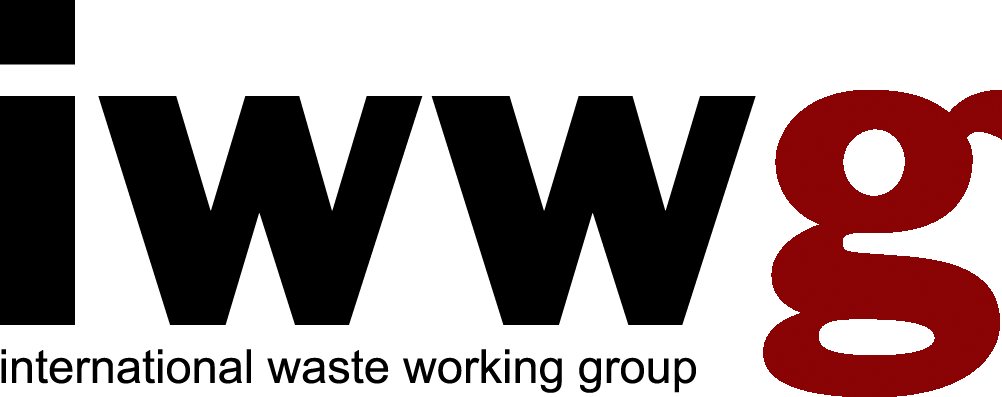The International Waste Working Group organize (since 2022) a series of monthly online keynote lectures on hot topics of waste management – free accessible in streaming to anybody interested. The third cycle of webinars started in January 2024.
Selected, highly respected and acclaimed experts will present the current status on their field of expertise; people who have been at the first line, with different backgrounds and positions, have valuable knowledge and experience that it is really worth sharing and spreading, providing food for brain.
The lectures are scheduled monthly and will last 1 hour, including time for questions and discussion.
To download the presentation and to view the recorded lecture of the previous webinars please visit the dedicated section in the Members Area (IWWG membership required).
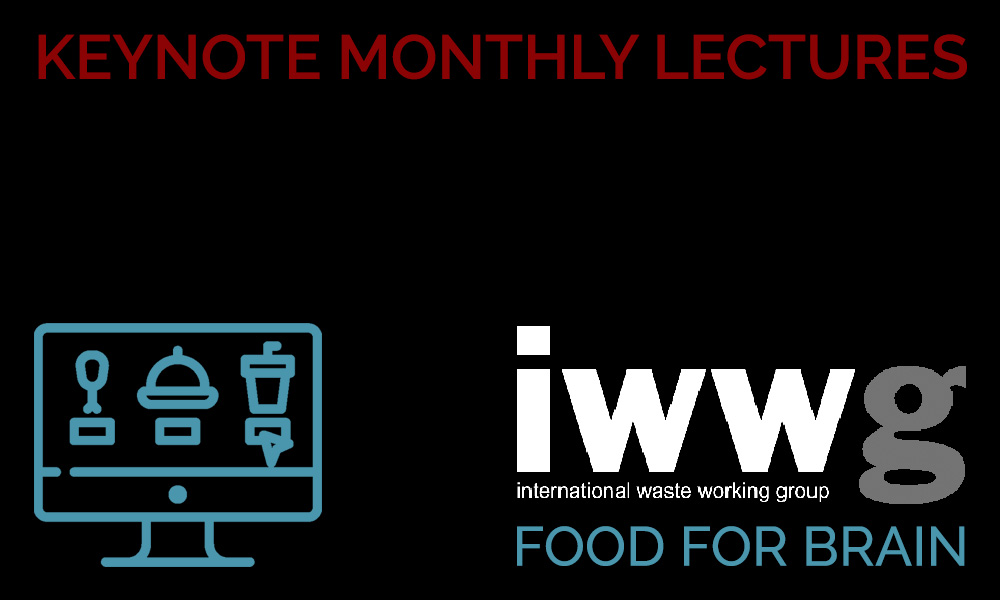

Season 1 – Lesson 1 / WHAT DOES WASTE MANAGEMENT HAVE TO DO WITH PLANETARY BOUNDARIES?
Rainer Stegmann, Hamburg University of Technology, Germany
Rockström developed with a group of distinguished scientists the Planetary Boundaries (PBs) as a guideline for humanity striving for sustainability. If we expand the waste term to include all liquid, gaseous and solid residues from production and human activities then waste is the cause for the environmental destruction on our globe.
Plastic in the ocean, climate change, biodiversity loss, freshwater use, over fertilising etc. are the result of poor waste management. Read more …

Season 1 – Lesson 2 / GLOBAL TREND AND MANAGEMENT STRATEGIES ON PLASTIC WASTE MANAGEMENT: A CASE STUDY IN KOREA
Seung-Whee Rhee, Kyonggi University, Suwon, Republic of Korea
Plastics have brought a great convenience to our lives due to its high functionality and flexibility. In 2015, the amount of global plastic produced is 407 million tons, and it is expected to increase to 1,600 million tons by 2050. The increasing plastic waste have become urgent environmental issues such as resource and waste problems, marine plastic litter issues, and climate change. There are many international movements to overcome these issues. Read more …

Season 1 – Lesson 3 / ROLE OF LANDFILLING IN CIRCULAR ECONOMY STRATEGIES
Raffaello Cossu, University of Padova, Italy
The passage from a linear to a circular approach is characterizing the modern waste management strategies. The circular approach primarily arises from a growing need for primary raw material, as a consequence of global economic development Attention is shifting from the limited and fixed stocks of raw materials to the increasing anthropogenic stocks of materials This creates the base for the development of different strategies for recovering of resources from waste (urban mining, circular economy, etc.). Read more …

Season 1 – Lesson 4 / A NEW PERSPECTIVE FOR ENVIRONMENTAL EDUCATION IN WASTE MANAGEMENT
Giovanni de Feo, University of Salerno, Italy
It is commonly assumed that there is no age limit to change mindset and behaviour. However, children and youth can easily pick up and understand environmental issues and can be encouraged to act as agents of change for promoting and enabling change to happen within their extended family. Read more …

Season 1 – Lesson 5 / EMERGING POLLUTANTS OF CONCERN IN THE LEACHATE FROM MUNICIPAL SOLID WASTE
Pinjing He, Tongji University, PR of China
Municipal solid waste (MSW) is predominantly disposed by landfill and incineration all over the world. MSW composition is complex and tends to be complicated with the socioeconomic development.
MSW is commonly regarded as a sink of various emerging pollutants related with anthropic activities. Thus, leachate from MSW shall be a source of these emerging pollutants derived from landfills and waste-to-energy plants. Read more …

Season 1 – Lesson 6 / HOW TO DETERMINE WHETHER A BIOPLASTIC IS TRULY BIODEGRADABLE?
William Clarke, University of Queensland, Australia
Approximately 10 million tonnes of plastics flow to the ocean each year. A range of measures to avoid plastic pollution include bans on plastic items, producer responsibility schemes and penalties for littering.
Another measure is the substitution of bioplastics into household consumer items. Read more …
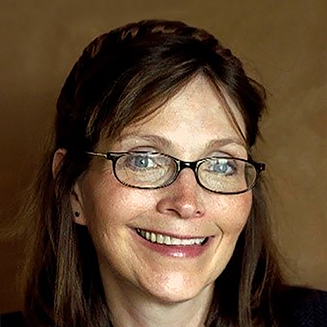
Season 1 – Lesson 7 / ARE LANDFILL EMISSIONS IN THE UNITED STATES UNDERSTATED?
Susan Thorneloe, Environmental Protection Agency, USA
Recent measurements from next generation emission measurement (technology indicate that methane emissions from U S landfills may be understated Remote sensing studies in California revealed that landfills were responsible for 41 of the State’s methane inventory, with 32 super emitting landfills identified.
A 2020 USEPA report concluded that air rules are being inconsistently implemented and enforced. Read more …
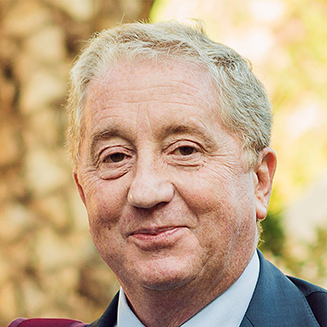
Season 1 – Lesson 8 / THERMOCHEMICAL TREATMENTS FOR ENERGY OR FUEL RECOVERY FROM WASTE
Umberto Arena, University of Campania “Luigi Vanvitelli”, Italy
Thermochemical treatments of different kinds of solid waste are today able to provide a safe recovery of electric and thermal energy, an efficient recycling of inorganic materials and a crucial saving of space for landfilling, in full compliance with the protection of human health and the environment. Read more …
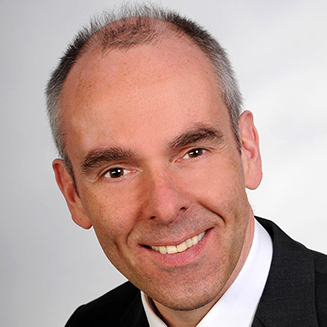
Season 1 – Lesson 9 / THE SPACE DEBRIS ENVIRONMENT
Carsten Wiedemann, Braunschweig University of Technology, Germany
At low earth orbits (LEO) particularly high collision velocities can occur. The potential risk of space debris is associated with the high kinetic energy that can occur during a collision. The collision velocities on LEO are in the order of ten kilometres per second. A risk for active spacecraft exists from a particle diameter of about one millimeter. Above this size, a satellite structure can be seriously damaged. Read more …
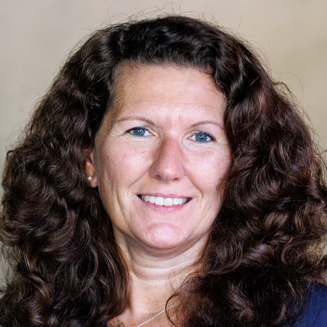
Season 1 – Lesson 10 / WASTE MANAGEMENT IN THE CONTEXT OF THE SUSTAINABLE DEVELOPMENT GOALS
Marion Huber-Humer, University of Natural Resources and Life Sciences Vienna (BOKU), Austria
Already in the year 2016 the 17 Sustainable Development Goals (SDGs) of the United Nations ´2030 Agenda for Sustainable Development officially came into force. Till the year 2030 countries worldwide shall mobilize efforts to end all forms of poverty, fight inequalities and tackle climate change and other environmental challenges, while ensuring that no one is left behind (UN, 2018). Read more …
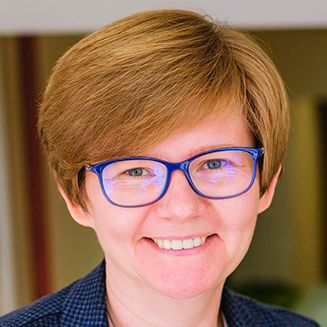
Season 1 – Lesson 11 / REMOTE LANDFILL MONITORING WITH DRONE AND SATELLITE TECHNOLOGIES
Natalia Sliusar, Perm National Research Polytechnic University, Russia
Satellite technologies and unmanned aerial vehicles (UAV) have become common instruments for obtaining important analytical data in many fields. Although the use of remote sensing technologies at waste disposal sites has a more than ten year history, the active application of these technologies has increased in the last 3 4 years. Nowadays, satellite data and UAV are widely used in waste management, particularly for collecting data on solid waste landfills. Read more …

Season 2 – Lesson 1 / ENVIRONMENTAL SUSTAINABILITY OF INDUSTRIAL ACTIVITIES: EVOLUTION IN TIME
Mariachiara Zanetti, Technical University of Turin, Italy
In the lecture the main key environmental problems concerning industrial activities are introduced full sustainability and its compatibility with pollutants and greenhouse gases reduction, energy efficiency and sources, circular economy concerning materials and water Different approaches useful for environmental protection are introduced concerning wastes, with reference to the adoption of prevention policies, the use of economic and financial tools, the fixation of rules. Read more …
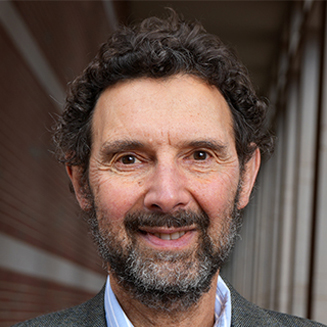
Season 2 – Lesson 2 / UNDERSTANDING AND PREDICTING TEMPERATURES IN MUNICIPAL SOLID WASTE LANDFILLS
Morton Barlaz, North Carolina State University, USA
There are reports of landfills, permitted to accept municipal solid waste (MSW) and other non hazardous wastes, exhibiting temperatures in excess of 80-100°C in the U.S.. These temperatures are well above values typically associated with MSW landfills, which are reported to range between 40 and 65°C, and generally below 55°C. Read more …

Season 2 – Lesson 3 / HOW SUSTAINABLE IS WASTE MANAGEMENT, REALLY?
Thomas F. Astrup, Technical University of Denmark, Denmark
Throughout several decades, we have strived to make waste management more environmentally friendly by minimizing emissions, increasing recycling and recovery, and improving our understanding of the physical, biological, and chemical processes involved in waste treatment. Over the years, this has led to tremendous improvements in environmental impacts from waste and waste management. Read more …
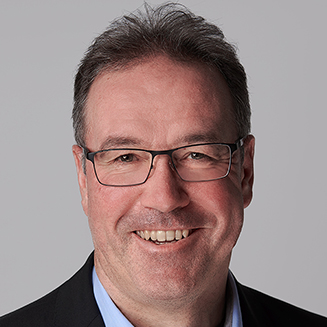
Season 2 – Lesson 4 / RECOVERY OF ORGANIC WASTE & RESIDUES
Michael Nelles, University of Rostock, DBFZ, Germany
Nowadays it is not only scientifically evident but also has become common knowledge in most parts of the globe: transformation into a climate-neutral society is a prerequisite for human existence on our planet. Simply put, this can only be achieved according to this formula: Climate neutrality (CN) = Renewable energies (RE) + Circular economy (CE). Read more …

Season 2 – Lesson 5 / DOES SOIL REMEDIATION MAKE SENSE FROM WASTE MANAGEMENT PERSPECTIVE?
Jurate Kumpiene, Luleå University of Technology, Sweden
The new era of industrialization has prompted the implementation of large-scale infrastructure projects, which involve the redevelopment of land for new establishments. Many of these areas were once industrial sites or are situated in close proximity to them, and have been exposed to various sources of pollution for several decades. To ensure that redeveloped areas are safe for use, the risks posed by pollutants present in the soil must be managed to protect human health and the environment. Read more …

Season 2 – Lesson 6 / CLIMATE NEUTRALITY IN WASTE MANAGEMENT – THE ROLE OF LANDFILLS
Marco Ritzkowski, Hamburg University of Technology (TUHH), Germany
Solid waste disposal sites (SWDS) are major contributors of anthropogenic greenhouse gas (GHG) emissions. According to the latest IPCC report, the annual methane emissions from SWDS are accounting for up to 60 million tons, which equals approx. 11% of the overall anthropogenic GHG emissions. Against the expectation of significantly increasing amounts of landfilled waste until 2050, it is obvious that today’s existing landfills and future SWDS have to be designed and operated in a way ensuring maximum emissions reduction. Read more …
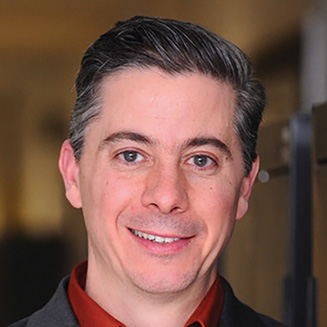
Season 3 – Lesson 1 / TO SUSTAIN AN ACCEPTABLE QUALITY OF LIFE WILL REQUIRE CONTINUED GENERATION OF MSW
Marco Castaldi, City University of New York, City College (US)
The management of municipal solid waste (MSW) in an environmentally sustainable and cost effective manner i s the grand challenge of our time.Yet, it has not received the attention and support that is commensurate with its impact on environmental and human health. The reare numerous charitable organizations, institutions, nongovernmental and government agencies focused on solving some of the biggest problems facing humanity. Read more …

Season 3 – Lesson 2 / ORGANIC WASTE MANAGEMENT FOR LAND-BASED FISH FARMS
Roald Kommedal, University of Stavanger, Norway
Cage based aquaculture production of Atlantic Salmon amount to about 3 million tonnes annually of which the Norwegian production accounts for approximately half. Production has surged almost exponentially since its early beginning in the late 1970s and is today the main source of nutrient release and organic pollution to the Norse marine environment. Read more …
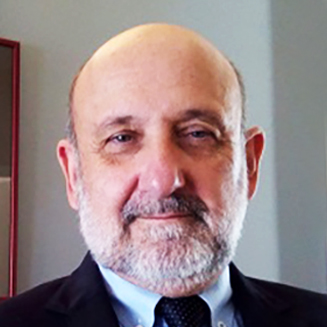
March 2024 – Lesson 3 / COMBINING BIOCHAR AND CARBON NANOMATERIALS FOR DEVELOPMENT OF HIGHCAPACITY ADSORBENTS: APPLICATION FOR THE REMOVAL OF ENDOCRINE DISRUPTING
Evan Diamadopoulos, Technical University of Crete, Greece
Biochar is the carbonaceous solid product derived from biomass pyrolysis. While multiple uses of this sustainable product have been researched for agronomic application as soil amendment, its environmental uses are growing in the past few years. Production of biochar nanocomposites is a new trend aiming at synthesizing new, effective, and application-targeted adsorbents capable of competing with Activated Carbon (AC). Read more …

May 2024 – Lesson 4 / OCCURRENCE AND VARIATIONS OF BACTERIAL COMMUNITY IN HOUSEHOLD MUNICIPAL SOLID WASTE IN RESIDENTIAL AREAS: IMPLICATIONS TO HEALTH RISKS
Wenjing Lu, Tsinghua University, China
Household municipal solid waste (HMSW) in many part of the world is characterized by complex and varying composition, high moisture and organic matter, making them highly susceptible to decay and conducive to the proliferation of various microorganisms. Understanding the microbial community characteristics of HMSW is important to predict their function in the later-on bioprocessing. On the other hand, it is of great significance for evaluation and controlling biological risks which may poses potential risks to the human health as there are also pathogens attached in HMSW. Read more …

June 2024 – Lesson 5 / FAST FASHION AND CIRCULAR ECONOMY
Andreas Bartl, TU Wien, Austria
The business model of “Fast Fashion” can provide the population with affordable clothing and secure numerous jobs. At the same time, textiles can be recycled in accordance with the principles of a circular economy. This not only conserves natural resources but also creates jobs. However, “Fast Fashion” fuels the demand for resources, which cannot be met by secondary raw materials even with a massive increase in textile recycling rates. Therefore, to reduce the negative environmental impact of the textile industry, it is essential to implement measures to decrease consumption in addition to recycling. Read more …

September 2024 – Lesson 6 / FATE AND BIODEGRADATION OF PLASTICS AND MICROPLASTICS IN THE MARINE ENVIRONMENT AND IN AGRICULTURAL SOILS
Nicolas Kalogerakis, Technical University of Crete, Greece
Plastic debris represents a significant problem among the various pollution problems facing the marine environment. Several studies have been conducted on the fate and weathering of plastics in the marine environment including the generation and fate of microplastics. Sorption of toxic substances present in seawater by microplastics represents an additional environmental concern. Laboratory results on the biodegradation of plastics show great variability. Read more …

October 2024 – Lesson 7 / INVESTIGATION OF AN IMMOBILIZATION PROCESS FOR PFAS CONTAMINATED SOILS
Edwin F. Barth, USEPA, Cincinnati, United States
PFAS contaminated sites remedy decisions may involve the consideration of some form of a containment technology such as an in-situ immobilization process. A bench-scale study involving granular activated carbon (GAC), an activated carbon-clay blend, modified clay, biochar, and an iron (Fe)-amended biochar were evaluated as a potential sorbent for use in an in-situ stabilization/solidification process. Read more …

November 2024 – Lesson 8 / URBAN MINING – POTENTIALS AND LIMITATIONS FOR A CIRCULAR ECONOMY IN THE BUILDING SECTOR
Johann Fellner, TU Wien, Austria
Buildings constitute a major contributor to material use and accumulation in human settlements. Therefore, they play an important role when moving towards a sustainable use of resources. Knowledge about the materials hidden in buildings and dynamics in the building stock are considered a prerequisite for defining effective resource management measures. Read more …
